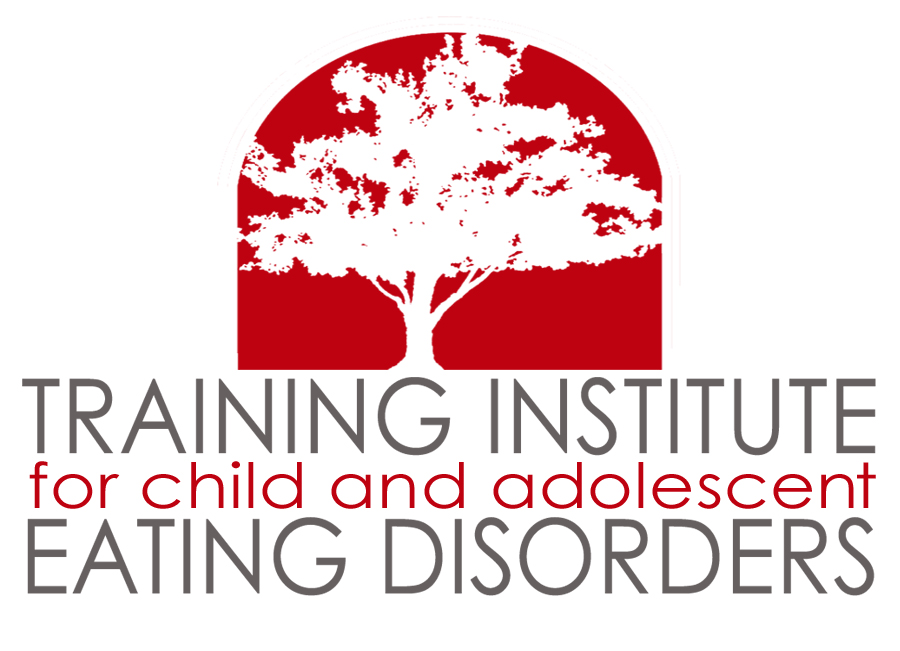What is Premenstrual Dysphoric Disorder?
Premenstrual Dysphoric Disorder, also known as PMDD, occurs when women experience a set number of mental health and physical health symptoms the week of their menses and find that the symptoms improve and/or resolve in the following week. Premenstrual Dysphoric Disorder can often be confused with premenstrual syndrome, commonly referred to as PMS. It is important to note that premenstrual dysphoric disorder is more severe than PMS, and can have a stronger impact on a person’s life.
Symptoms that can be associated with PMDD include mood swings, irritability, depressed mood and hopelessness, anxiety, decreased interest in enjoyable activities and hobbies, poor concentration, lethargy, changes in appetite, sleep disturbances, and feeling overwhelmed (American Psychiatric Association, 2013). Physical changes that may occur include breast tenderness or swelling, joint and muscle pain, weight gain, and bloating (American Psychiatric Association, 2013).
The symptoms that a woman experiences will cause distress in their life. They can interfere with responsibilities such as work, school, and children. Additionally, it can lead to turbulence within their relationships.
For an individual to receive a diagnosis of a premenstrual dysphoric disorder, their symptoms need to be present for two months (American Psychiatric Association, 2013).
Women who struggle with premenstrual dysphoric disorder may struggle with additional mental health concerns. The most commonly reported concern with PMDD is a major depressive episode (American Psychiatric Association, 2013). Other concerns that may occur include depression and anxiety (Office of Women’s Health, n.d.).

Who Struggles With Premenstrual Dysphoric Disorder?
Premenstrual Dysphoric Disorder is estimated to affect 5% of women who are of childbearing age (Office of Women’s Health, n.d.). It is estimated that 1.8-5.8% of women struggle with PMDD for 12 months (American Psychiatric Association, 2013).
Risk factors that are associated with PMDD include a history of stress, trauma, and seasonal changes (American Psychiatric Association, 2013). Additionally, women who use oral contraceptives regularly are at a lower risk of experiencing Premenstrual Dysphoric Disorder (American Psychiatric Association, 2013).
What Does Treatment for Premenstrual Dysphoric Disorder Look Like?
Before you can receive a diagnosis of premenstrual dysphoric disorder, your physician will likely ask you to track your symptoms. This allows them to make sure that you are experiencing the correct symptoms at the right time of your menstrual cycle.
It is believed that the naturally occurring chemical in our brain called serotonin may play a role in the presence of symptoms of PMDD (Office of Women’s Health, n.d.). Because of this, one of the treatment options for PMDD includes antidepressants that change the levels of serotonin you naturally have (Office of Women’s Health, n.d.). Another common recommendation is for women to take oral contraceptives if they were not already (Office of Women’s Health, n.d.).
Women who struggle with physical symptoms can talk to their physician about over-the-counter pain medications such as Ibuprofen and Aspirin (Office of Women’s Health, n.d.).
Since one of the risk factors associated with PMDD is stress, your physician will likely discuss changes that you can make to manage your stress in a healthy manner. This can include relaxation techniques such as yoga, meditation, and deep breathing. This can also be an opportunity for you to return to any hobbies or activities that you have enjoyed in the past, or try new ones that you may have had an interest in.
Additionally, you may be encouraged to make healthy changes to your exercise routine and diet. Changes to your diet could include reducing your salt and sugar intake can help improve symptoms (Office of Women’s Health, n.d.)

How We Treat
Resilience DBT & Eating Recovery are a team of Outpatient Eating Disorder Therapists in New Jersey, Florida, Maryland. Our therapists are ready and equipped with clinical services to provide healing.
When it comes to premenstrual dysphoric disorder treatment, your physician will likely talk to you about a variety of options including antidepressants, birth control, and learning new stress management strategies.
At Resilience DBT & Eating Recovery, we can provide you with premenstrual dysphoric disorder treatment that focuses on stress management. Our treatment approaches focus on using Dialectical Behavioral Therapy which has a strong focus on coping skills. This includes mindfulness, distress tolerance, emotion regulation, interpersonal effectiveness, and middle path.
DBT skills can help you with more than your premenstrual dysphoric disorder symptoms. These skills have been found to help with anxiety, mood swings, impulsiveness, anger management, unhealthy thought patterns, and improving relationship patterns.
How do I begin?
Our team is dually and expertly trained in the Treatment of Eating Disorders and DBT for Mental Health. Our Evidenced-Based approaches include FBT, CBT-E, DBT-ED, and Comprehensive DBT for co-occurring mental health conditions. Our outpatient practice has helped Children, Teens and Adults achieve full Eating Disorder Recovery and Mental Health Stability for over 25 years.
1
Schedule your 15 minute free phone consultation
This phone screening is highly confidential to help determine if coming to the Resilience practice is the best course for you or your loved one.
2
Complete an Expert and Comprehensive Intake
During your intake appointment we will gather more information to identify your stressors and needs. And work with you to develop your resilience treatment plan.
3
Get connected with Your Personalized Care Team
Meet with a practitioner to get started on your journey of healing and wellness you know you deserve.









